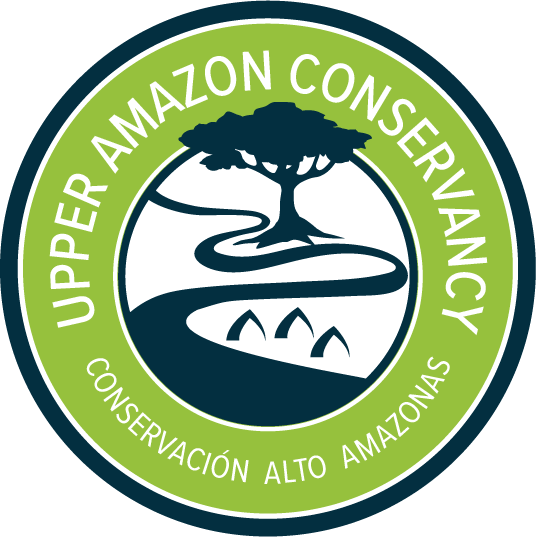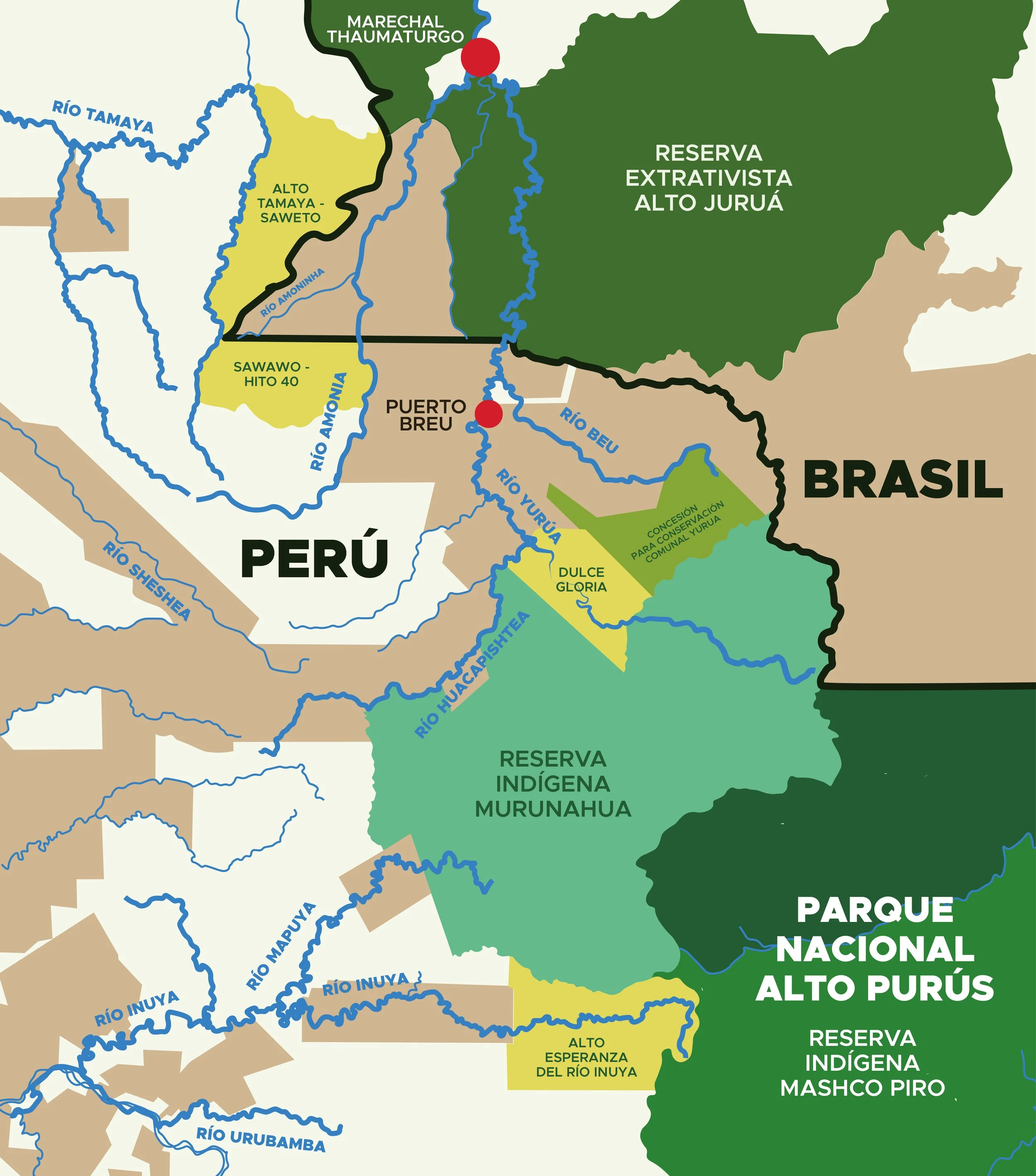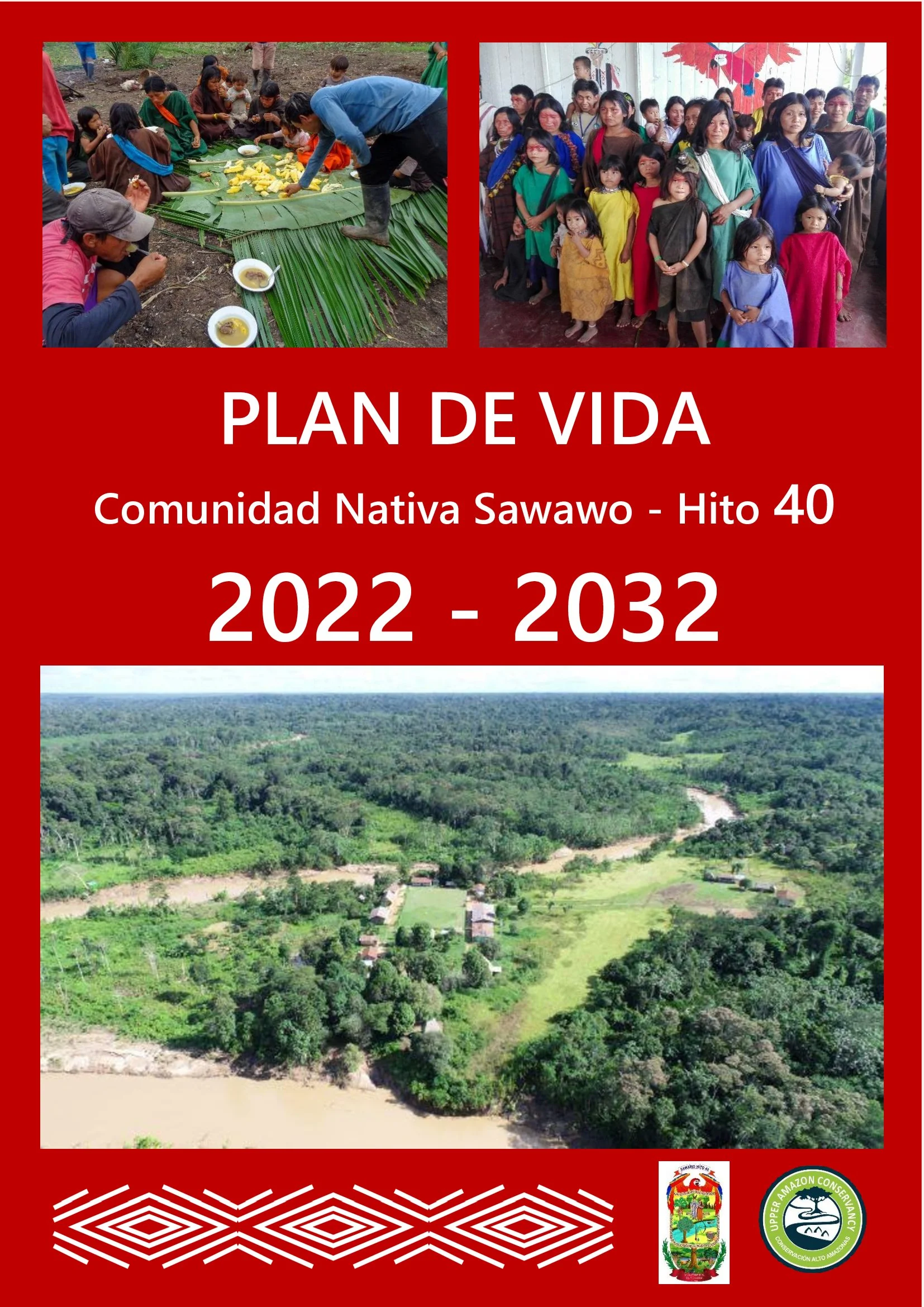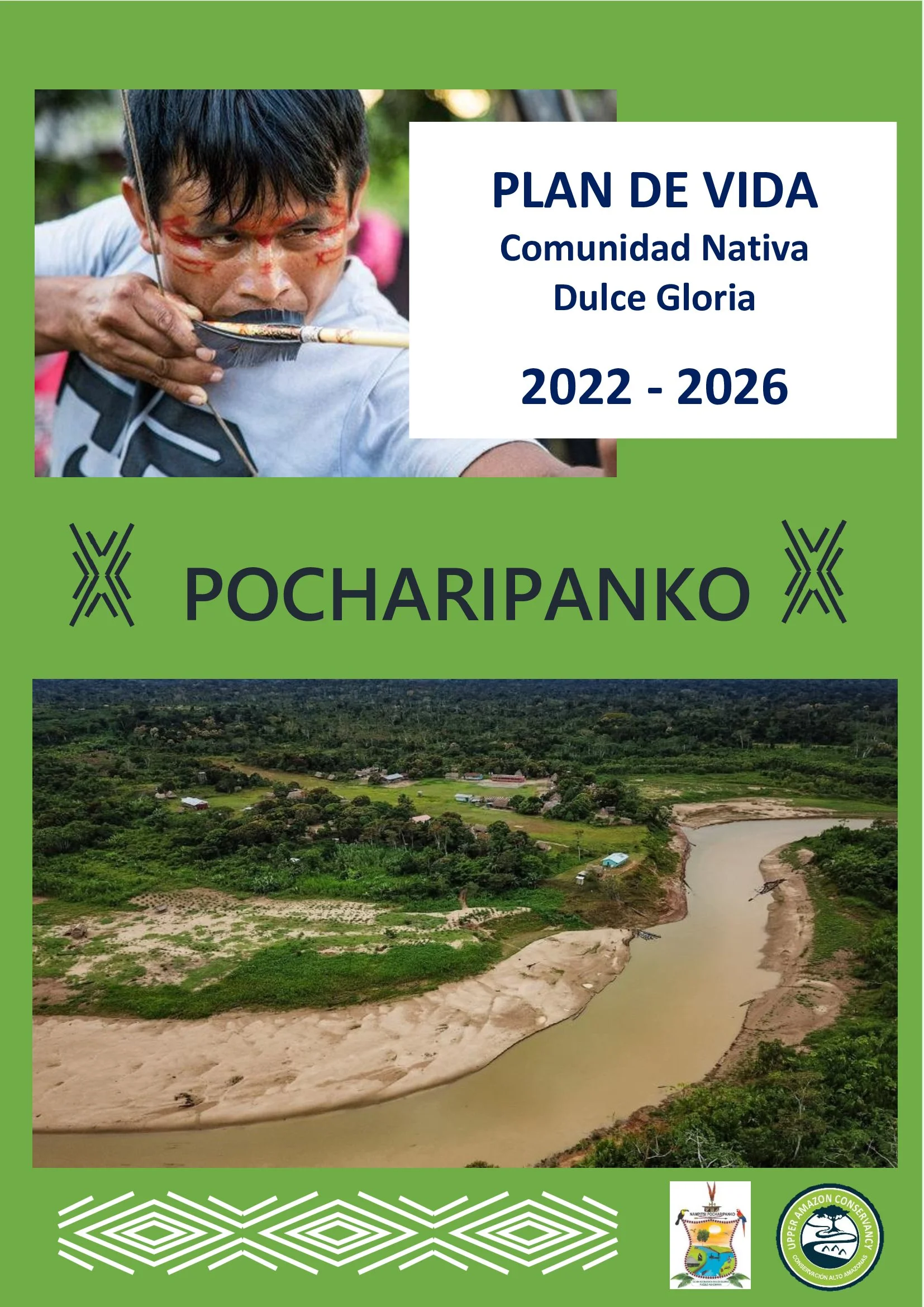Life Plans - Planes de Vida
Tools to Guide Sustainable Community Development
Life Plans are recognized as invaluable if not necessary tools to help rural communities determine future needs and guide development based on their own priorities.
Through the participatory process of developing Life Plans, community members identify challenges facing their community, prioritize needed investments, and establish strategic objectives. The development process is demanding and time consuming, as a proper Plan depends on input from the entire community, young and old, male and women, in order to create a comprehensive planning document that represents all members.
The vision outlined in the Life Plan supports a development model grounded in Indigenous culture and sustainable coexistence with the surrounding environment as well as the broader society. It recognizes the link between the community's well-being and the protection of surrounding forests and the biodiversity within.
Implementing Life Plans requires effective collaboration between government agencies and civil society to support the initiatives identified by the community in order to improve the standard of living and together build a brighter future.
Life Plans Developed by UAC
Alto Esperanza del Río Inuya
2024–2028
Publication Date: October 2024
Ethnicity: Amahuaca
Alto Esperanza’s Life Plan is the result of an extensive participatory process with this remote community considered in initial contact with outside society. It has a focus on protecting ancestral lands and improving the quality of life in this remote community. Strategic objectives include strengthening community vigilance, promoting sustainable farming and cultural revitalization, and securing better access to health care and education.
Alto Tamaya - Saweto
2023–2030
Publication Date: October 2024
Ethnicity: Ashéninka
Saweto’s Life Plan outlines priorities for sustainable development including the need to strengthen its leadership capacity, improving decision-making and community organizing, and promoting a more profitable and sustainable economy. Other key needs identified include improving education and healthcare and developing better transportation alternatives to improve connectivity with the city of Pucallpa. Safety is a top priority, which is understandable considering its difficult history of land invasion and violence, which underscore the urgent need for government action to help Saweto protect its territory and rights.
Sawawo–Hito 40
2022–2032
Publication Date: March 2022
Ethniciity: Ashéninka
The Sawawo-Hito 40 Community Life Plan aims to consolidate a sustainable indigenous economy, enhance basic health and education services, and promote the protection of the surrounding forests as well as the Ashéninka cultural heritage. Within the economic framework, the plan supports fish farming, ecotourism, and handicrafts to strengthen the community's self-sufficiency.
Dulce Gloria
2022–2026
Publication Date: February 2022
Ethnicity: Ashéninka
Dulce Gloria’s Life Plan envisions self-sufficiency and sustainability based on the responsible use of resources and an emphasis on cultural preservation. It prioritizes more productive use of natural resources, improvements in education and health, and an increase of women in leadership positions.





